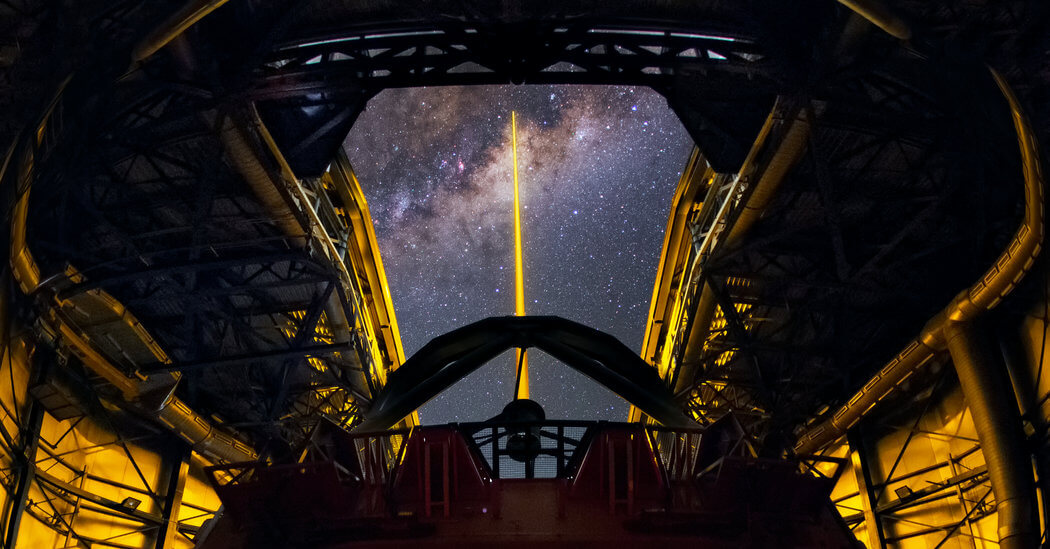the WORLD-Cultural-heritage in2025 DAS WELTKULTURERBE
Galaxien: Die Milchstraße und ihresgleichen im Universum
Auszug aus dem Internet
Free English translation you may find below!
Lübeck, 1. Juli 2022
Es gibt etwa 100 bis 1000 Milliarden Galaxien im Universum.
In einer Galaxie befinden sich Millionen Sonnensysteme, die sich um ein gemeinsames Zentrum drehen.
Weltall – Die Größe einer Galaxie ist für uns Menschen unvorstellbar. Unsere Galaxie, die Milchstraße, ist etwa 100.000 bis 200.000 Lichtjahre groß und besitzt zwischen 100 und 200 Millionen Sterne. Im Universum ist sie jedoch eher von durchschnittlicher Größe, und eine von Millionen Galaxien.
 Viele dieser Sterne haben ein Planetensystem um sich kreisen. Dies nennt man Sonnensystem. Die Erde ist Teil eines Sonnensystems. Unser Sonnensystem ist eines von vielen Millionen Sonnensystemen unserer Heimatgalaxie.
Viele dieser Sterne haben ein Planetensystem um sich kreisen. Dies nennt man Sonnensystem. Die Erde ist Teil eines Sonnensystems. Unser Sonnensystem ist eines von vielen Millionen Sonnensystemen unserer Heimatgalaxie.
Die Milchstraße ist wiederum nur eine Galaxie von vielen Milliarden Galaxien des bekannten Universums. Dies verdeutlicht, wie unfassbar groß das Universum ist und wie winzig klein wir und unsere Erde in diesem Universum sind.
Galaxien: Die Milchstraße und ihre Schwestern im Universum einfach erklärt.
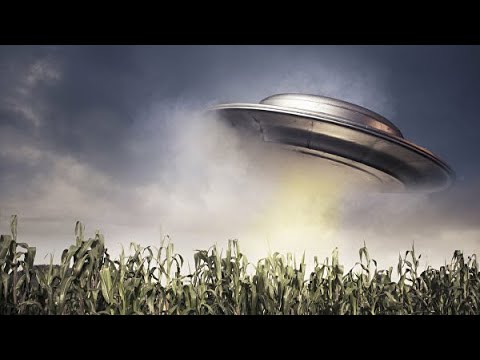 Eine Galaxie ist eine Ansammlung von unendlich vielen Sternen. Diese Sterne bilden zusammen ein System. Die häufigste Form, in der Galaxien im Universum erscheinen, sind Spiralgalaxien.
Eine Galaxie ist eine Ansammlung von unendlich vielen Sternen. Diese Sterne bilden zusammen ein System. Die häufigste Form, in der Galaxien im Universum erscheinen, sind Spiralgalaxien.
Hier drehen sich alle Sterne um einen gemeinsamen Mittelpunkt.
Dreidimensionales Rendering der Milchstraße.
Dieses Zentrum ist zumeist ein supermassives Schwarzes Loch, das mit seiner enormen Masse eine unvorstellbare Gravitationswirkung auf alle Sterne der Galaxie ausübt und sie somit in stabilen Umlaufbahnen hält.
Jeder Stern einer Galaxie ist eine Sonne, um die oft mehrere Planeten, Monde, Asteroiden und Kometen kreisen. Es sind also unglaublich viele Himmelskörper in einer Galaxie. Übrigens ist die Lebenszeit einer Sonne begrenzt, so wird auch unsere Sonne die Erde in etwa vier Milliarden Jahren verschlingen.
Die Milchstraße – unsere Galaxie
Unsere Galaxie ist die Milchstraße. Sie ist vor etwa 13,6 Milliarden Jahren entstanden. Die Milchstraße ist circa 100.000 bis 200.000 Lichtjahre groß und hat eine Masse von circa 1,5 Billionen Sonnenmassen.
In der Milchstraße sollen sich bis zu 200 Millionen Sterne befinden. Die Milchstraße ist spiralförmig und hat wahrscheinlich vier Arme. Außerdem ist die Milchstraße flach wie eine Scheibe. Unsere Erde befindet sich in einem Arm der Milchstraße, dem Orion-Arm.
Die Nachbargalaxie der Milchstraße ist die Andromeda-Galaxie. Sie ist ungefähr zwei Millionen Lichtjahre von der Milchstraße entfernt.
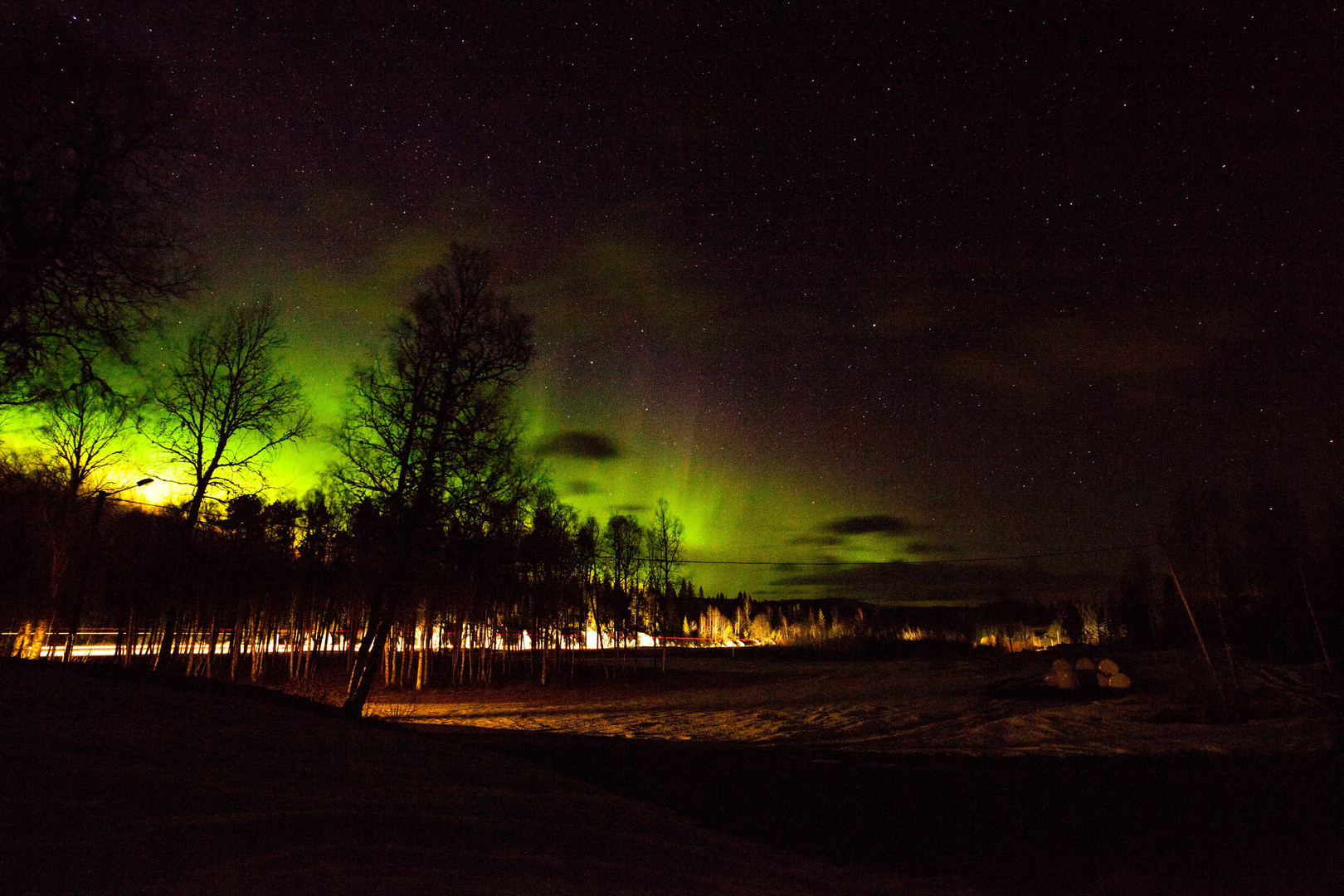
GALAXIES: THE MILKY WAY AND ITS PEERS IN THE UNIVERSE
EXCERPT FROM THE INTERNET
Free English translation.
Luebeck, 1 July 2022
There are about 100 to 1000 billion galaxies in the universe.
In a galaxy there are millions of solar systems revolving around a common center.
Universe - The size of a galaxy is unimaginable for us humans. Our galaxy, the Milky Way, is about 100,000 to 200,000 light years across and has between 100 and 200 million stars.
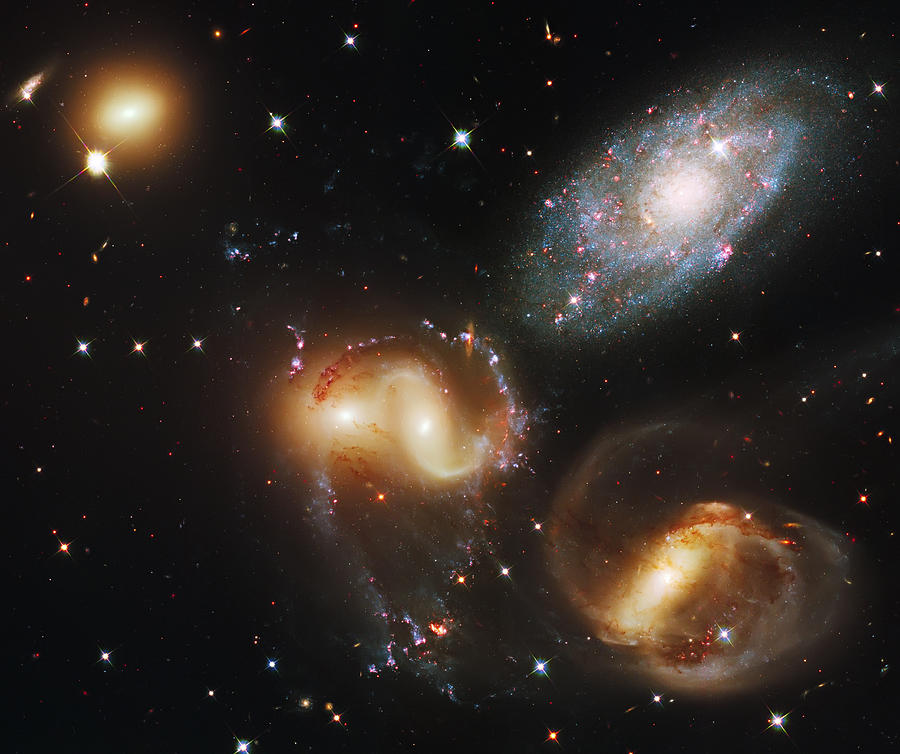 In the universe, however, it is rather average in size, and one of millions of galaxies.
In the universe, however, it is rather average in size, and one of millions of galaxies.
Many of these stars have a planetary system orbiting around them. This is called a solar system. Earth is part of a solar system. Our solar system is one of many millions of solar systems in our home galaxy.
The Milky Way is again only one galaxy of many billions of galaxies of the known universe. This illustrates how inconceivably large the universe is and how tiny we and our Earth are in this universe.
Galaxies: The Milky Way and its sisters in the universe explained simply.
A galaxy is a collection of an infinite number of stars. These stars together form a system. The most common form in which galaxies appear in the universe are spiral galaxies.
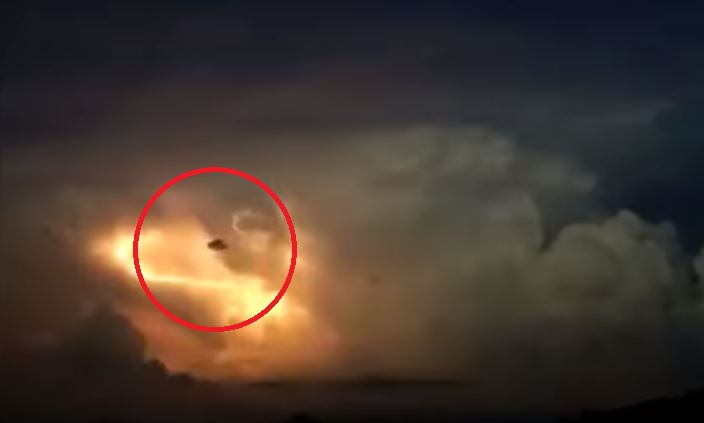 Here, all the stars revolve around a common center.
Here, all the stars revolve around a common center.
Three-dimensional rendering of the Milky Way.
This center is mostly a supermassive black hole, which with its enormous mass exerts an unimaginable gravitational effect on all the stars of the galaxy, keeping them in stable orbits.
Each star of a galaxy is a sun, around which often several planets, moons, asteroids and comets orbit. So there are an incredible number of celestial bodies in a galaxy. By the way, the lifetime of a sun is limited, so also our sun will swallow the earth in about four billion years.
The Milky Way - Our Galaxy
Our galaxy is the Milky Way. It was formed about 13.6 billion years ago. The Milky Way is about 100,000 to 200,000 light years large and has a mass of about 1.5 trillion solar masses. There are said to be up to 200 million stars in the Milky Way. The Milky Way is spiral-shaped and probably has four arms. In addition, the Milky Way is flat like a disk. Our Earth is located in one arm of the Milky Way, the Orion arm.
The neighboring galaxy of the Milky Way is the Andromeda Galaxy. It is about two million light years away from the Milky Way.
